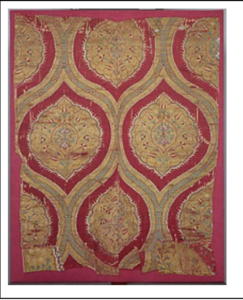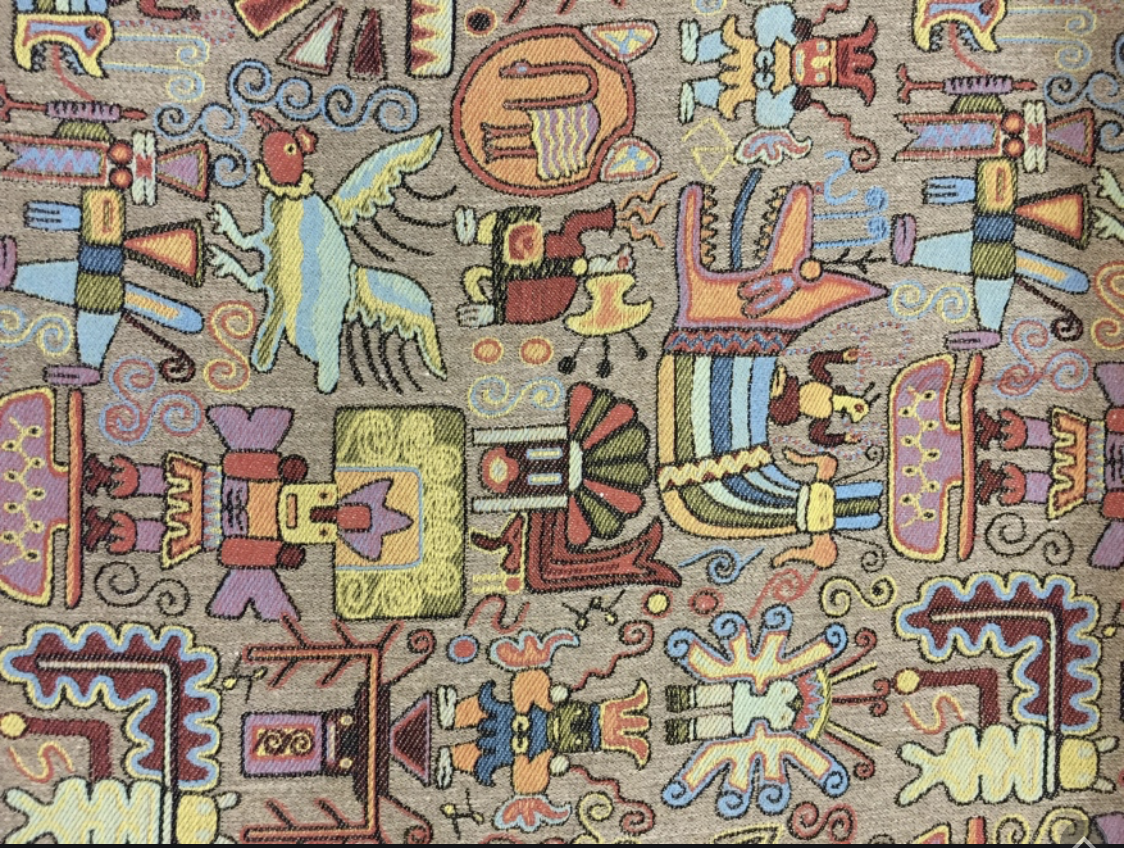All the textiles were categorized by the Muhtesips, Turkish state into three categories, cotton, wool, and silk. This was essential since the majority of cotton and wool textiles were imported from the 15th to the 17th centuries (Kalawadwala, 2020). Cotton was imported from India and wool came from Europe, primarily used for soldier uniforms. The development of Mohair was something the Turkish people were proud of, which was the hair of angora goats found in the Istanbul district of the country. Mohair was delicate and luxurious, like the hair of the Angora goat, but could be used when mixed with wool to design fabrics. Exports of Mohair have been very successful abroad, especially in Europe, the fabric was cheap and popular among common people. Compared to Turkish silk when it came to textile production, there was nothing. Silk is a costly fabric which requires a great deal of labor, the raw materials were difficult to obtain. Also, found in Busra was the silkworm used to obtain the silky but durable fibers used to produce silk. Busra built a reputation for the manufacture and trade of silk even more than Istanbul’s capital. The Turkish worked exclusively with silk harvested from silkworms and then embroidered or finished with gold and silver threads. Turkish textiles can also be used over time as works of art on several occasions, such as gold and silver tulip designs, date palm trees, or the Islamic moon and star crescent. Many different textile styles, ranging from taffeta, satin, velvet, and brocade, can be made from silk (Kalawadwala, 2020). The Turkish, extremely good silk weavers, created works of art that exceeded clothing. Turkish brocades called Kemah, as fig.3 illustrates, may have embroidered gold and silver flowers and celestial bodies decorating furniture cushions, vases, and even mirrors dating back to the 16th and 17th centuries. From the 17th century onwards, Ottoman art began to reveal a growing Western influence. This period was characterized by compositions consisting of large and small fan-shaped carnations and sprays of flowers covering the whole of the surface.

Page Author: Rehat Reya



